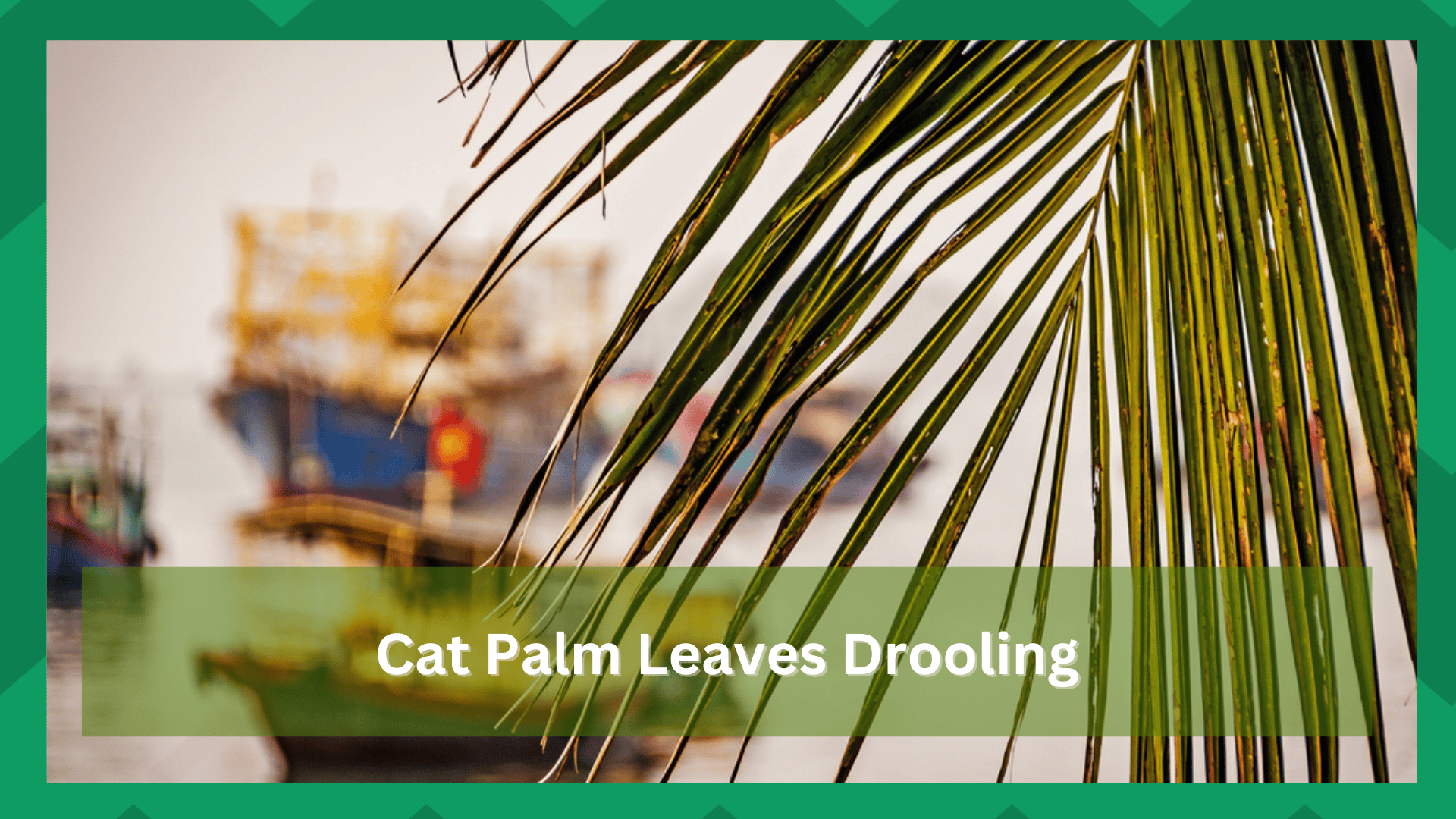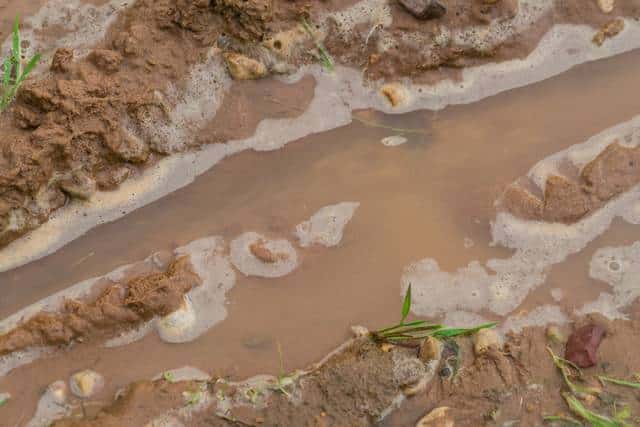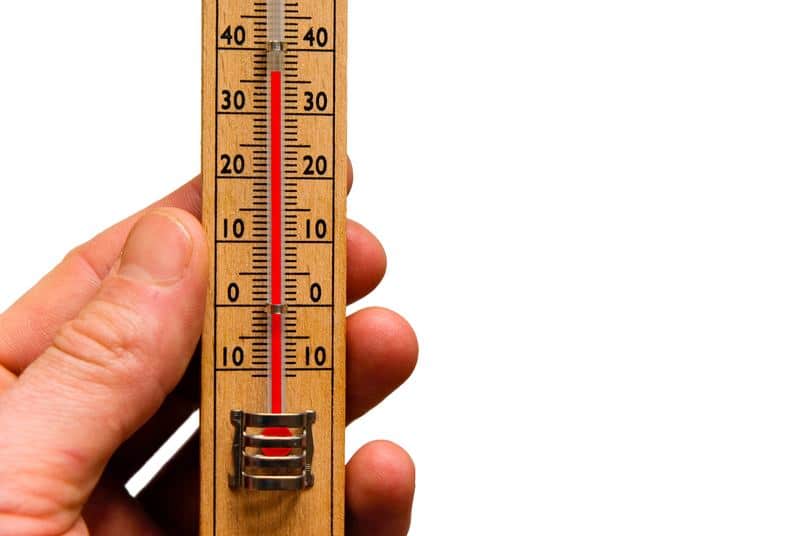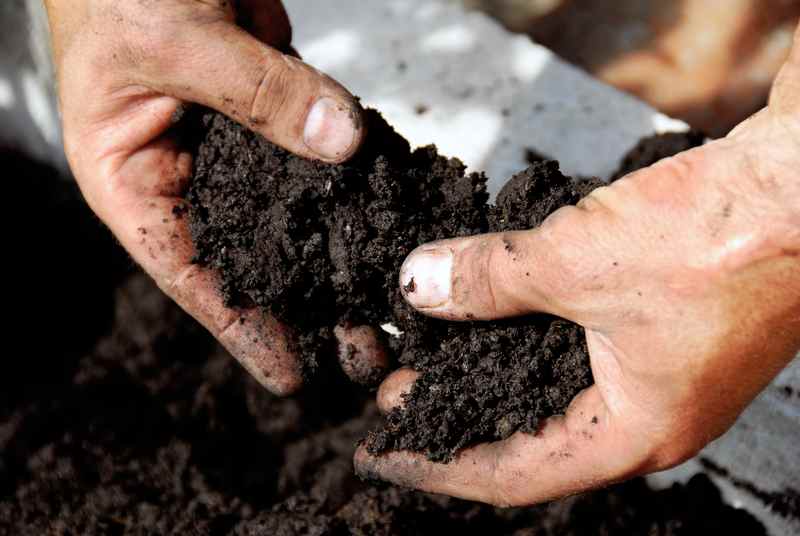
From choosing the right potting mixture to providing favorable environmental conditions, there are many things you need to look towards while managing your cat palm leaves.
However, once you’ve taken care of its initial setup, it becomes easier to manage the plant as it matures.
Some people also like to get their plants professionally installed. So, if you don’t have the time to plant the cat palm yourself, hire an expert.
Here we will cover an extensive issue with Cat Palm Leaves Drooping and how you can fix this problem. So, if you’re struggling with this issue, follow the steps below.
How to Fix Cat Palm Leaves Drooping?
- Regulate Water Supply
For Cat Palm, the leaves drooping issue can most commonly be traced back to an insufficient water supply.
If you don’t water the plant enough, the leaves will start drooping, and you will notice stalled growth. If this situation applies to you, you must first inspect the soil mixture’s moisture and then increase the water supply accordingly.
To inspect the soil mixture, you can use your finger to check the first two inches of the soil. The soil is cold to the touch, and you can feel the moisture inside; the water supply is adequate.
However, if the soil is completely dry, increase the water supply and ensure the water reaches draining holes. This should rejuvenate the plant, and the plant will be back in total health.
- Avoid Over-Watering
Cat palms are sensitive to both over- and under-watering. To prevent leaf drooping, it’s important to establish a consistent watering schedule that provides enough hydration without drowning the plant.
The soil should be moist but not saturated, and it’s best to check the moisture levels with a soil moisture meter before adding water.
It’s also important to note that cat palms require less water in cold weather, so if you live in a region with cooler winters, make sure to adjust your watering schedule accordingly.
- Check the Watering Schedule
It can be easy to forget to water a plant when life gets busy, but this is especially important with a cat palm as it needs consistent hydration to survive.
Ensure that you provide your cat’s palm with enough water, but not too much, as this can lead to root rot or other issues.
As a general rule, ensure that the soil remains moist and check for signs of dehydration, such as drooping leaves. Adjust your watering schedule to promote healthier growth in your cat’s palm if necessary.
- Sunlight
One of the most common causes leading to drooping cat palm leaves is inadequate sunlight. The plant needs to be placed where it can receive at least six hours of direct sunlight daily.
If this is not possible, consider using a grow light or supplementing natural light with artificial lighting.
To avoid sunburn, gradually introduce the plant to more direct sunlight daily. Once it is established, maintain a consistent light schedule to prevent leaf drooping.
- Humidity
The cat palm requires high levels of humidity to thrive. The ideal humidity range is between 50% and 70%, with higher levels being better for the plant’s health.
To increase the humidity around the cat palm, misting the leaves regularly and placing a humidifier near the pot can help.
Alternatively, grouping several plants in one pot helps create higher humidity levels. To prevent leaf drooping, ensure the humidity around the cat palm stays consistently high.
- Increase Temperature
Now, being an indoor plant, Cat palm needs relatively higher temperatures to thrive. This does not mean that you should increase the exposure to direct sunlight.
Instead, it would help if you looked towards methods of regulating the temperature within good limits. Moving the plant closer to your living room might be the best move for you if you live in a relatively colder region.
You must pick a good location with sufficient indirect sunlight and a relatively higher temperature. Once the temperature becomes favorable, you will notice a substantial improvement in the health of the leaves on your cat’s palm.
- Prevent Insects and Diseases
The key to keeping your cat’s palm healthy is to prevent any potential insects or diseases from attacking it. The best way to do this is by providing the right environment.
Ensure you keep the soil moist but not soggy, as too much moisture can lead to root rot.
Regularly check leaves for any signs of pests and take action if necessary. If the plant is indoors, keep it away from areas with high humidity, which can attract insects.
If your cat’s palm experiences any type of infestation or disease, you should immediately contact a professional for treatment.
- Prune And Trim
If your cat’s palm leaves are drooping, you may need to give it a good pruning and trimming. Start by cutting off any dead, damaged, or diseased leaves.
This will help promote the healthy growth of new leaves and stem shoots.
Use sharp garden shears for the job, as this will help make clean cuts without damaging the plant. Trim away any stems or leaves that are overcrowding the plant, as this will reduce the stress on it.
- Use Fertilizers
If you believe that none of the situations mentioned above match your cat palm, then it is probable your plant is suffering from nutrient deficiency.
There need to be more nutrients in your soil mixture to sustain the health of your leaves.
This is why you notice leaves dropping from your cat’s palm. The best thing you can do at this stage is to get ahead of this problem using fertilizers.
You can also rely on your composting mixture, which will help your cat palm.
You should also head to a gardening store and explain your plant’s health to an expert there.
After some inquiry about the specificity of your issue, he will recommend to you the fertilizer best suited to maximize your plant’s growth. So, if you’re noticing drooping leaves, practice fertilizer in moderation.
- Keep Well Ventilated
Providing your Cat Palm with adequate ventilation is one of the simplest ways to keep its leaves from drooping.
When temperatures soar, it’s important to ensure that the area around your palm is well-ventilated.
If you’re keeping your indoor palms in direct sunlight, move them away from windows and open doors during the hottest parts of the day.
Additionally, having a fan nearby can help to circulate air and keep plants cooler in the summer.
If the plant is placed in a low-light area, such as a bathroom or closet, you may need to open the windows or use a small fan to circulate air.
When watering your Cat Palm, be sure not to overwater it and always allow the soil to dry out between waterings completely.
- Avoid Packing the Drainage hole.
When potting a cat palm, it is important to ensure that the container’s drainage hole is not packed with soil. This can cause root rot and other problems for the plant, as it prevents water from draining away properly.
Use a small stone or gravel to cover the hole instead of soil if necessary. This will provide good drainage without blocking the hole.
- Ensure the Soil is Not Too Wet
Cat palms require moist soil but are not overly wet, so avoid overwatering. The best way to determine when a cat palm needs watering is to check the top inch of soil and see if it is dry before adding more water.
The cat palm may suffer from root rot or fungal diseases if the soil is too wet. As damaging as dehydration is, so is excessive moisture.
- Consider Repotting the Plant
Repotting can be a great way to fix drooping palm leaves, as it allows for more soil and nutrients to be absorbed by the plant.
It is important to ensure that the new pot is slightly larger than the old one, allowing ample space for drainage and air circulation.
Use high-quality potting soil and ensure that the container has enough drainage holes at the bottom. Additionally, water your palm tree consistently, but not too often, as it might lead to root rot or other issues.
When repotting, remember that it is best to do this on a cloudy day or in the evening, as the sun can be too intense and stress out the plant.
Once finished, provide your cat palm with enough light and water it deeply every two weeks.
- Check Plant Nutrition Levels
Another way to fix drooping palm leaves is by ensuring that the nutrition levels of the soil are appropriately balanced.
Use a soil pH tester to measure the acidity or alkalinity of the soil and then adjust it accordingly to promote healthier growth in your cat’s palm.
Choose an appropriate type of fertilizer for your cat’s palm and apply it following the instructions provided on the product.





